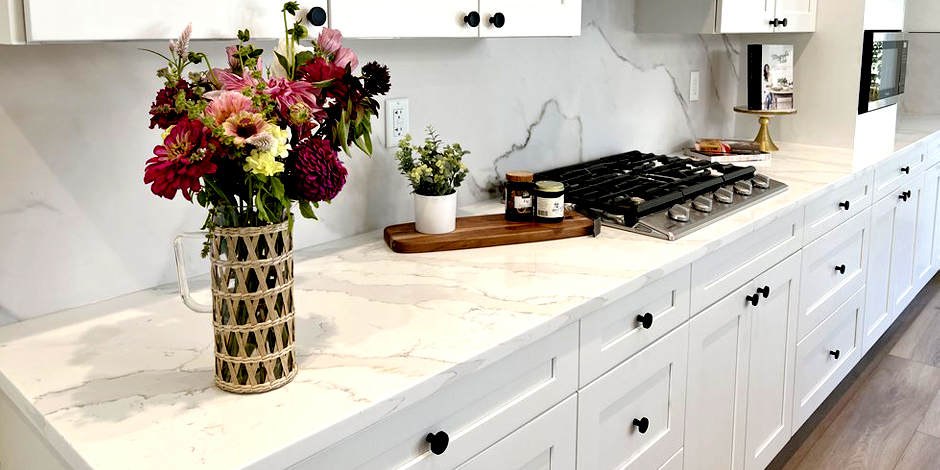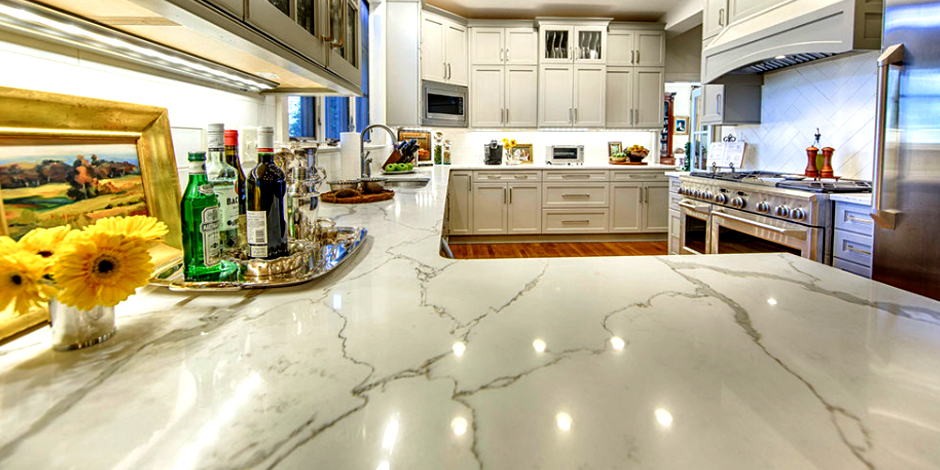The Old Masters were a group of highly skilled and influential artists who created masterpieces during the Renaissance and Baroque periods. One of the techniques they used to create dramatic and lifelike works was contrast and chiaroscuro.
Contrast refers to the use of opposing elements in a work of art, such as light and dark or large and small. The Old Masters used contrast to create a sense of depth and dimension in their paintings, making objects appear more three-dimensional and lifelike. For example, in Leonardo da Vinci’s “Mona Lisa,” the contrast between the light and shadow on her face creates a sense of depth and makes her face appear more realistic.
The Calling of St. Matthew

Chiaroscuro, on the other hand, refers to the use of strong contrasts between light and dark in a painting. This technique was used to create a dramatic effect and to highlight certain areas of a painting. The Old Masters used chiaroscuro to create a sense of drama and emotion in their works, as well as to draw the viewer’s attention to specific areas of the painting. For example, in Caravaggio’s “The Calling of St. Matthew,” the strong contrast between the light on St. Matthew’s face and the darkness of the room creates a sense of drama and tension.
Overall, the Old Masters’ use of contrast and chiaroscuro allowed them to create paintings that were not only beautiful but also highly realistic and emotionally engaging. Their mastery of these techniques continues to inspire artists and art lovers today.
Use of Contrast and Chiaroscuro by the Old Masters

Romanticism and the Embrace of Natural Tones in Art
Romanticism was an artistic and literary movement that emerged in the late 18th and early 19th centuries as a reaction to the Enlightenment’s emphasis on reason and logic. Romantic artists and writers focused on emotion, imagination, and the natural world, and this is reflected in the use of natural tones in their works.
During the Romantic period, artists began to move away from the formal and stylized approach of the preceding Neo-classical period. Instead, they embraced a more naturalistic style, using earthy tones and soft, muted colors to create a sense of harmony with the natural world. For example, artists such as J.M.W. Turner and John Constable were known for their use of natural tones and their depictions of landscapes, seascapes, and rural life.
The Romantic period also saw the emergence of a new appreciation for the beauty of nature. Artists began to view nature as a source of inspiration and a reflection of the divine. This is reflected in their use of natural tones, which were used to create a sense of connection with the natural world and to evoke a sense of awe and wonder.
Overall, the Romantic period was characterized by a return to naturalism and a rejection of the formal and stylized approach of the Neo-classical period. The use of natural tones in art reflected this embrace of nature and the desire to connect with the natural world on an emotional and spiritual level.
Romanticism and the Embrace of Natural Tones in Art

Romanticism was a reaction against the rationalism and industrialization of the Enlightenment and the Industrial Revolution. It was a cultural and artistic movement that emphasized emotion, imagination, and the natural world.
Romantic artists often used natural tones in their works to create a sense of harmony with nature. They used earthy tones, muted colors, and soft, natural light to create a feeling of serenity and peace.
Landscape painting was a major genre in Romantic art. Artists such as J.M.W. Turner and John Constable were known for their depictions of the natural world, which often featured natural tones and soft, atmospheric effects.
The use of natural tones in Romantic art was often associated with a spiritual or religious dimension. Many artists believed that nature was a reflection of the divine and used natural tones to create a sense of awe and reverence.

Natural tones were also used to evoke a sense of nostalgia for a simpler, more natural way of life. Romantic artists often depicted rural landscapes and traditional ways of life, which were seen as more authentic and honest than the urban, industrialized world.
The use of natural tones in Romantic art was not limited to painting. It was also seen in other art forms, such as literature, music, and architecture. Romantic writers often used nature as a metaphor for human emotion, while Romantic composers used natural sounds and rhythms in their music.
Overall, the use of natural tones in Romantic art reflected a broader cultural and artistic movement that emphasized emotion, imagination and a connection with the natural world. It remains a powerful and enduring legacy in the history of art.
More Similar Articles of the Author
What is Color Psychology in Art and Design?
What is the start of Color Psychology?
How have Modern Ideas Evolved on the Impact of Color on us?
How is Social Media Influenced by Colors?
The Importance of Color in Abstract Expressionism
What is the Significance of Primary Colors in Pop Art?
What is The Experience of Entering into the Digital Art World like?
What is the Relationship Between Impressionism and Pastels?
Viewing life in All Its Hues





